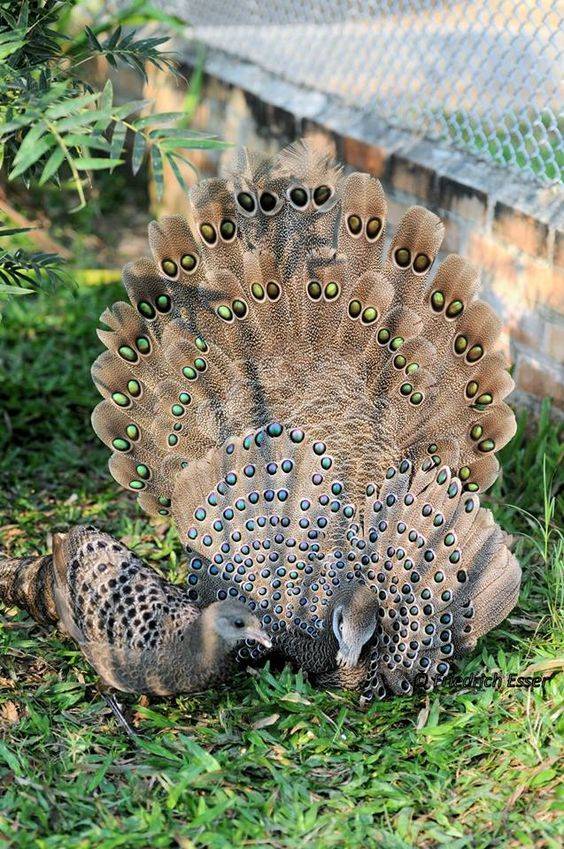

The gray peacock pheasant, also known as Burmese peacock pheasant, is a stunning and exotic bird species that is native to Southeast Asia. Known for its unique and intricate plumage, this bird is a favorite among bird enthusiasts and casual observers alike.
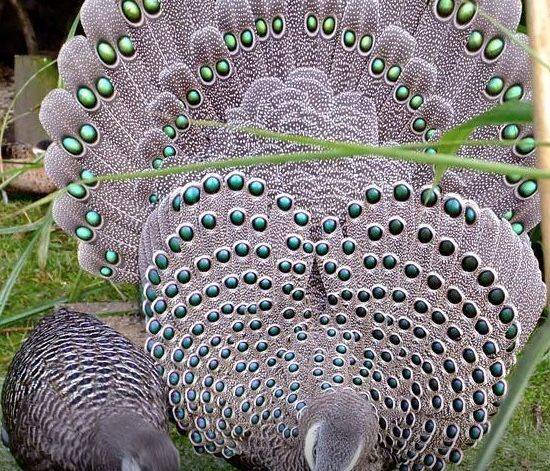
The male gray peacock pheasant has a striking blue-gray head and neck, with a metallic green breast and a richly patterned tail that is over two feet long. The female, while not as flamboyant as the male, is still a beautiful bird with a more subdued plumage of brown and black feathers.
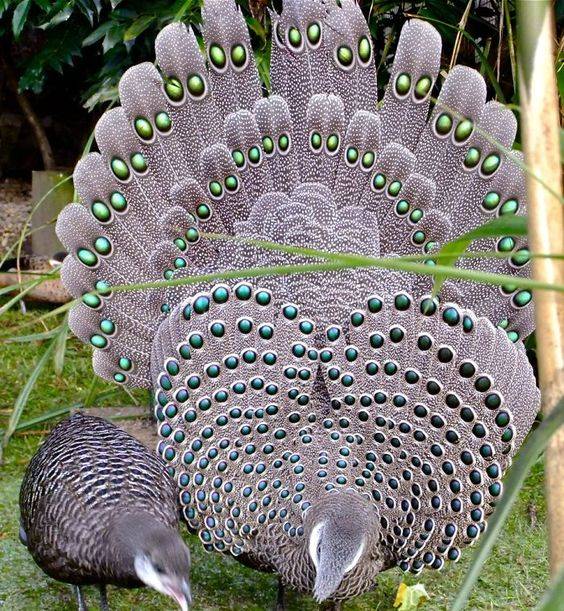
Gray peacock pheasants are primarily herbivores, feeding on a variety of fruits, seeds, and insects. They are known for their distinctive mating display, which involves the male puffing up his feathers and displaying his elaborate tail feathers while making a series of loud calls. This display is designed to attract a female mate and is a stunning sight to behold.
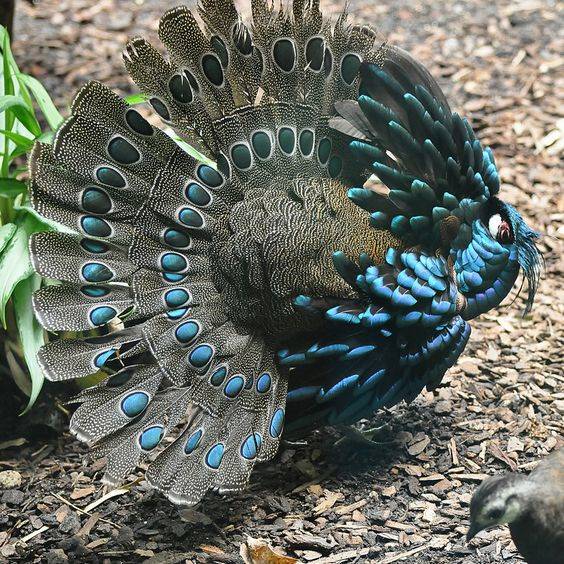
Despite their beauty, gray peacock pheasants are considered a threatened species due to habitat loss and overhunting. They are protected by law in many countries, and efforts are being made to conserve their populations through breeding programs and habitat preservation.
For those who are lucky enough to catch a glimpse of this majestic bird in the wild or in captivity, the gray peacock pheasant is truly a sight to behold. With its stunning plumage and distinctive mating display, it is no wonder that this bird is highly sought after by bird enthusiasts and nature lovers alike.
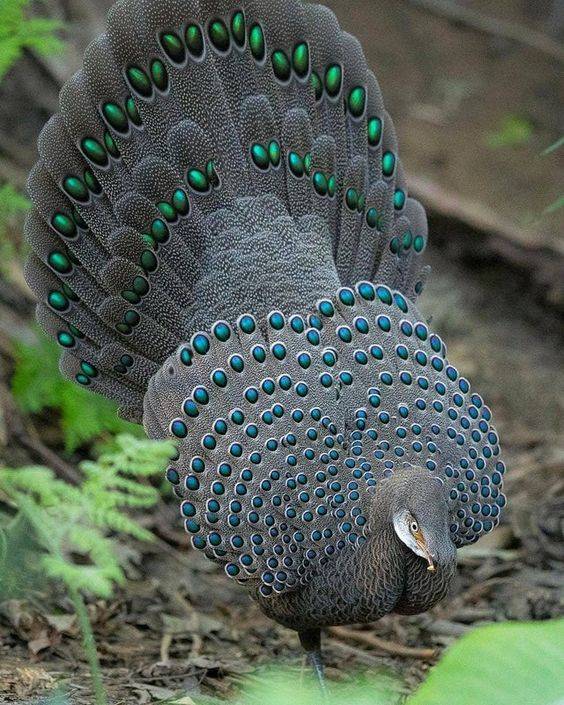
In conclusion, the gray peacock pheasant is a rare and exotic bird species that is highly prized for its unique and intricate plumage. Native to Southeast Asia, this ground-dwelling bird is primarily herbivorous and is known for its distinctive mating display. Despite being threatened by habitat loss and overhunting, conservation efforts are being made to protect this species for future generations to enjoy. For those lucky enough to witness this bird in the wild or in captivity, it is truly a remarkable sight and a testament to the beauty of the natural world.
